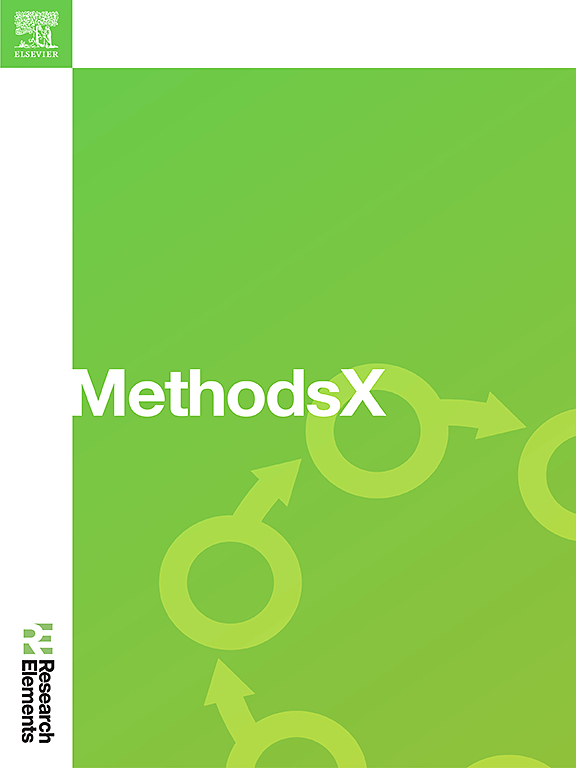Eco-friendly pH monitoring in aquaculture: A comparative study of biomass waste extracts with different setup designs
IF 1.6
Q2 MULTIDISCIPLINARY SCIENCES
引用次数: 0
Abstract
Maintaining optimal water quality is critical for the success of aquaculture operations, where pH monitoring plays a pivotal role. This study presents a novel approach for pH monitoring in aquaculture ponds by harnessing biomass-based indicators and smartphone-based colorimetric sensing using different setups designs. Three biomass indicators including red cabbage, mango leaf, and used coffee grounds extracts were tested. Standard solutions across a pH range of 1–13 were tested using four setups: black and white polypropylene enclosures, a polyethylene pipe assembly, and a polystyrene tray configuration. The polystyrene tray configuration was determined to be the most effective, as its longer light path (4.5 cm) significantly enhanced color visibility and produced more vibrant color changes, making it ideal for further investigations. The method is as follows:
- •Water samples were collected from aquaculture ponds. pH were analyzed using this method and standard pH meters.
- •Mango leaf extract showed strong pH sensitivity and correlation (R² =0.9654).
- •The mango leaf extract attained a quantification accuracy of 0.5 pH units within a pH range of 3–12.
- •This smartphone-based approach offers simplicity and ease of implementation empowering aquaculture farmers with a practical tool for monitoring water quality.

水产养殖生态友好型pH监测:不同设置设计的生物质废弃物提取物的比较研究
维持最佳水质对水产养殖业务的成功至关重要,其中pH值监测起着关键作用。本研究提出了一种新的水产养殖池塘pH监测方法,利用基于生物量的指标和基于智能手机的比色传感,使用不同的设置设计。测定了红甘蓝、芒果叶和用过的咖啡渣提取物的生物量指标。pH值范围为1-13的标准溶液使用四种设置进行测试:黑色和白色聚丙烯外壳,聚乙烯管组件和聚苯乙烯托盘配置。聚苯乙烯托盘配置被认为是最有效的,因为其较长的光路(4.5厘米)显着提高了颜色可见度,并产生了更鲜艳的颜色变化,使其成为进一步研究的理想选择。方法如下:•水产养殖池塘水样采集。用该方法和标准pH计分析pH值。•芒果叶提取物具有较强的pH敏感性和相关性(R²=0.9654)。•芒果叶提取物在3-12的pH范围内达到了0.5 pH单位的定量精度。•这种基于智能手机的方法简便易行,为水产养殖户提供了监测水质的实用工具。
本文章由计算机程序翻译,如有差异,请以英文原文为准。
求助全文
约1分钟内获得全文
求助全文
来源期刊

MethodsX
Health Professions-Medical Laboratory Technology
CiteScore
3.60
自引率
5.30%
发文量
314
审稿时长
7 weeks
期刊介绍:
 求助内容:
求助内容: 应助结果提醒方式:
应助结果提醒方式:


